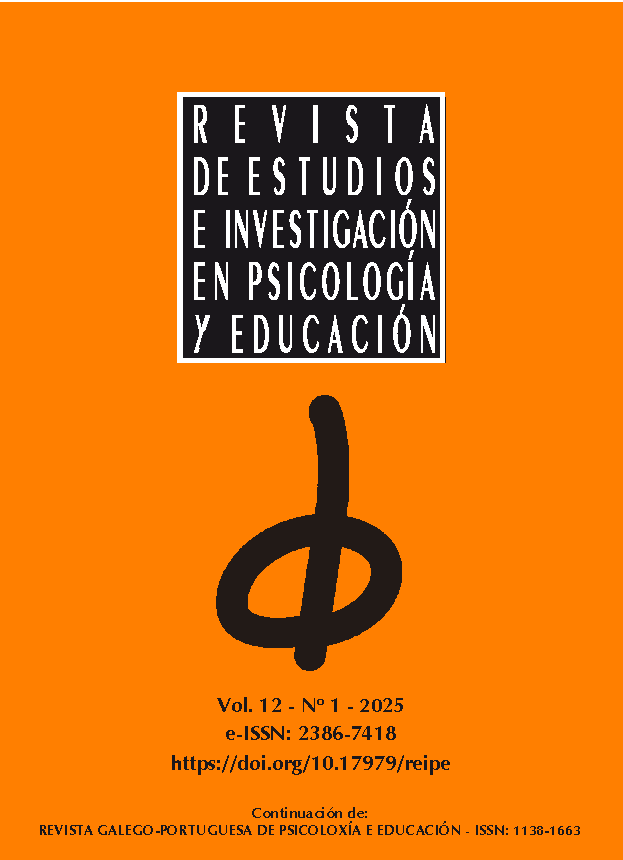Depresión, ansiedad y estrés: Prevalencia y narrativas entre profesorado filipino en formación
##plugins.themes.bootstrap3.article.main##
Resumen
Dado el creciente número de exigencias y presiones sobre los futuros educadores y educadoras, comprender los desafíos de salud mental y sus implicaciones para el profesorado en formación es esencial para desarrollar sistemas de apoyo efectivos. Este estudio investiga la prevalencia y el impacto percibido de la depresión, la ansiedad y el estrés (DAS) entre docentes en formación en Filipinas, utilizando un enfoque de métodos mixtos. Se recopilaron datos cuantitativos de 230 participantes a través de la encuesta DASS-21, mientras que la información cualitativa se obtuvo mediante entrevistas en profundidad a 23 participantes. Los resultados mostraron que la ansiedad es el problema de salud mental más frecuente, y se encontraron diferencias significativas entre los grupos en DAS. Del análisis de las entrevistas en profundidad surgieron dos temas: (1) impactos psicológicos y conductuales de DAS, que destacan las consecuencias mentales, emocionales, conductuales, sociales y académicas experimentadas por los y las docentes en formación, y (2) estrategias de afrontamiento y adaptación, que describen cómo estos docentes manejan y superan los desafíos. El estudio ofrece recomendaciones que subrayan la necesidad de intervenciones específicas y sistemas de apoyo dentro de los programas de formación docente para responder a las necesidades de salud mental del profesorado en formación.
Descargas
##plugins.themes.bootstrap3.article.details##

Esta obra está bajo una licencia internacional Creative Commons Atribución-CompartirIgual 4.0.
Los trabajos publicados en esta revista están bajo una licencia Creative Commons Reconocimiento-CompartirIgual 4.0 Internacional.
Los/as autores/as son los titulares de los derechos de explotación (copyright) de su trabajo, pero ceden el derecho de la primera publicación a la Revista de Estudios e Investigación en Psicología y Educación, la cual podrá publicar en cualquier lengua y soporte, divulgar y distribuir su contenido total o parcial por todos los medios tecnológicamente disponibles y a través de repositorios.
Se permite y anima a los/as autores/as a difundir los artículos aceptados para su publicación en los sitios web personales o institucionales, antes y después de su publicación, siempre que se indique claramente que el trabajo está en esta revista y se proporcionen los datos bibliográficos completos junto con el acceso al documento, preferiblemente mediante el DOI (en caso de que sea imprescindible utilizar un pdf, debe emplearse la versión final maquetada por la Revista). En el caso de artículos que provengan de estudios o proyectos financiados, esto se hará en los plazos y términos establecidos por la entidad o entidades financiadoras de la investigación publicada.



